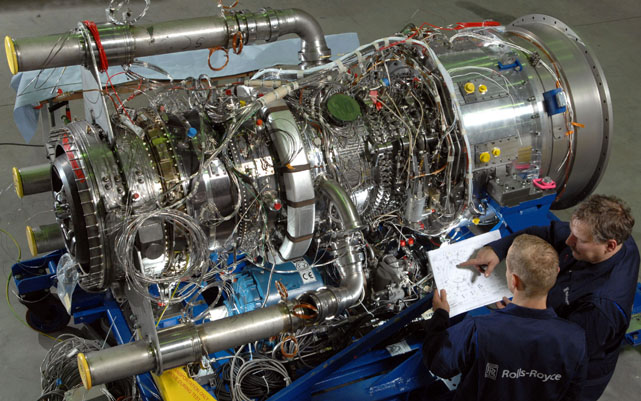Rolls Royce has seen 50 per cent of its revenue vanish almost overnight, as airlines and aerospace builders stop placing aircraft orders and paying rent on engines.
The company relies on its civil aerospace business for half of its £15.4 billion underlying revenue.
Rolls drew down £2.5 billion of funding to boost its liquidity to £7 billion but is likely going to need more funding as the crisis continues.
Part of the crisis for Roll Royce lies in the way some of its engines are paid for. Half of the company’s revenue was drawn from engine leases to airlines, in which they were paid per flying hour rather than a fixed cost.
Often, airlines would only pay for the engine when it flew, not when it was sitting on the ground. This has had a huge impact on the business with most airlines now grounding the majority of their fleets.

Data from aviation analysts Cirium show the number of wide-body aircraft with Rolls engines flying plunged from 1,580 at the start of the year to 468 on 25 March, and daily flight hours have fallen from 20,421 to 4,657.
Rolls is also supposedly in talks for assistance through the UK government as its role in defence is seen as critical to the Royal Air Force and Royal Navy.
Rolls Royce told The Telegraph, “We have a robust financial position and are closely monitoring the situation and taking prudent measures to conserve cash. Our good starting position and the measures we have taken and will continue to take, give us confidence in the ongoing financial resilience of our business.”
A harsh cost-cutting regime was already in place even before the pandemic in part due to issues with its Trent 1000 engines, leaving the company with little room to further reduce spending.
Last week, Rolls’ 7,500 manufacturing staff in the UK were sent home while management works out how production can be continued without the risk of workers spread of the disease.
Even when airlines begin to operate closer to normal, Rolls Royce may not see benefits from this for a long time as, due to some airlines becoming bankrupt and others in severe financial distress, there is unlikely to be a large market for new engines.
This is also highlighted by their limited scale of engines they build as they do not cover smaller, more popular aircraft such as the Boeing 737.










